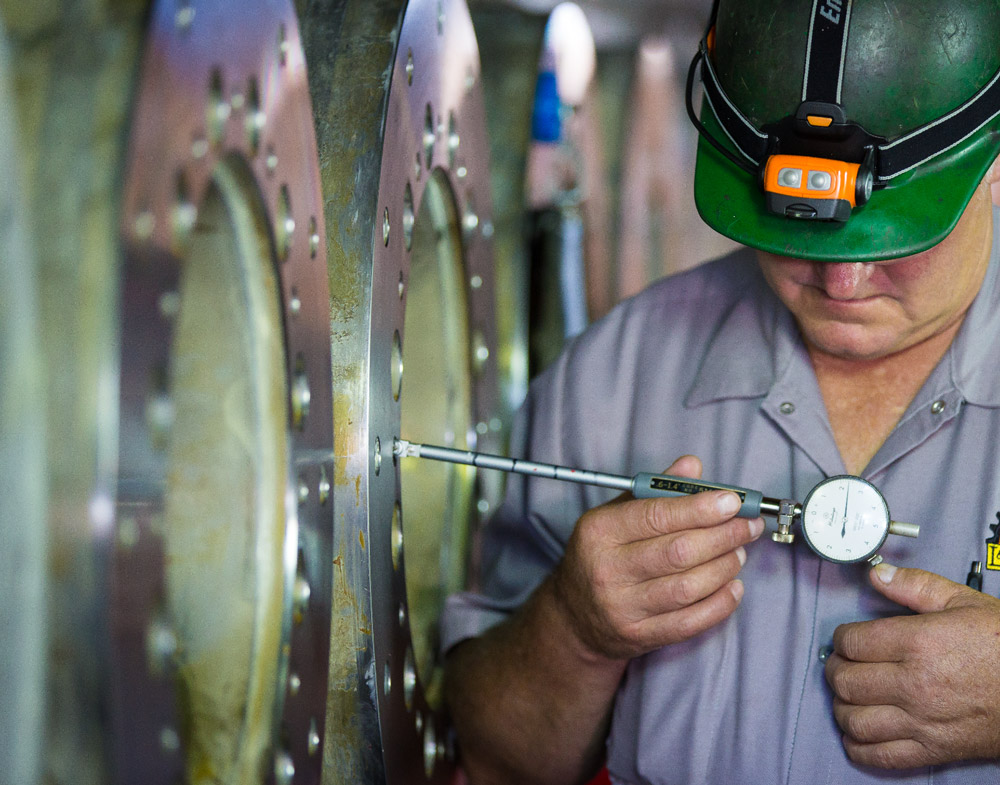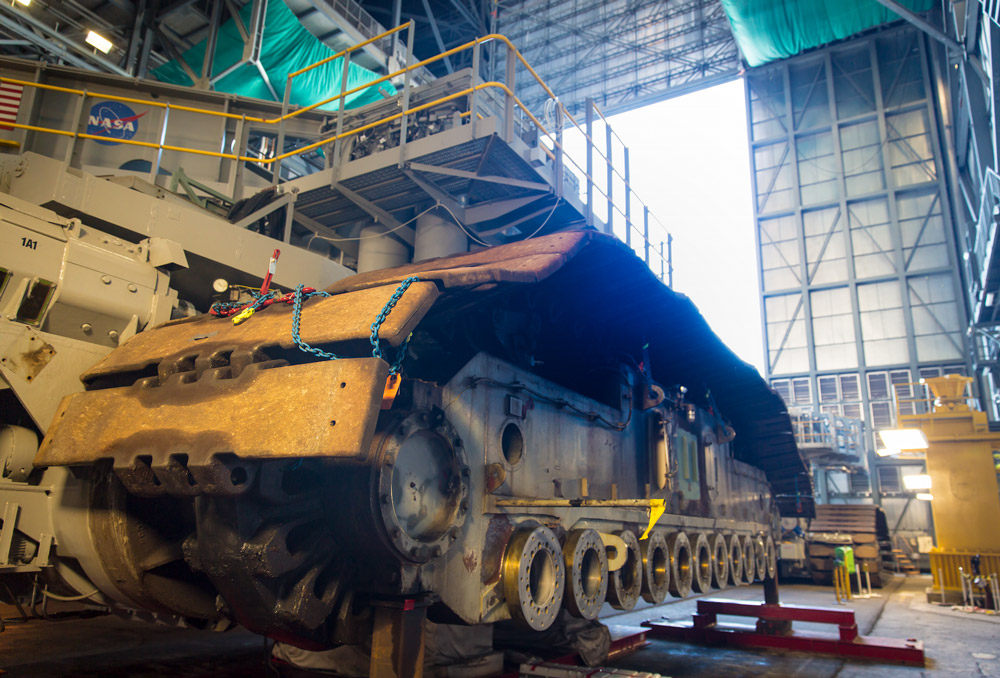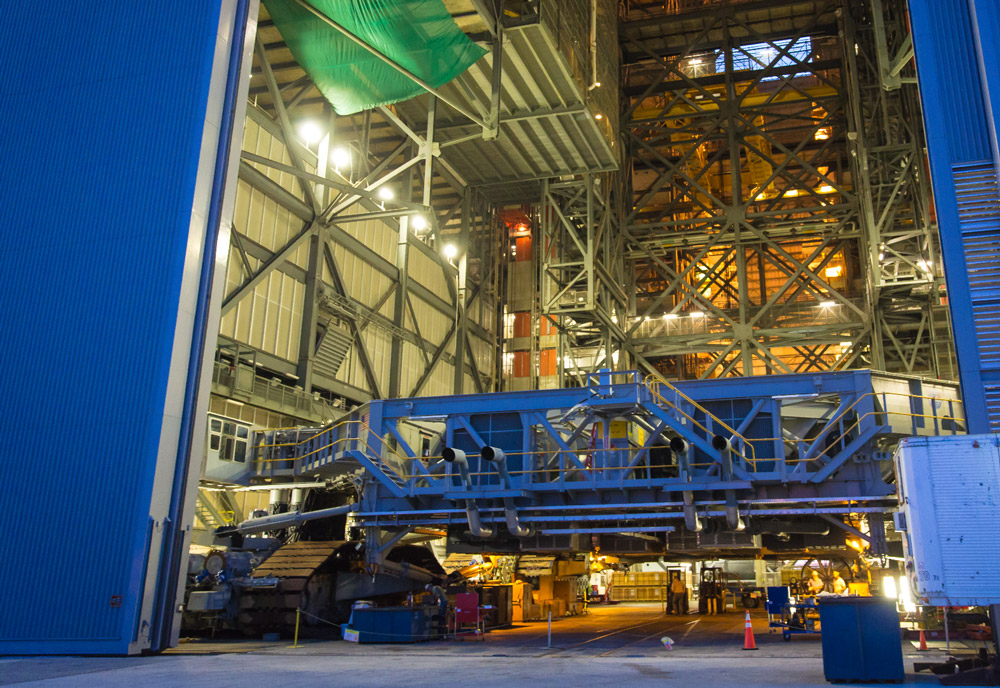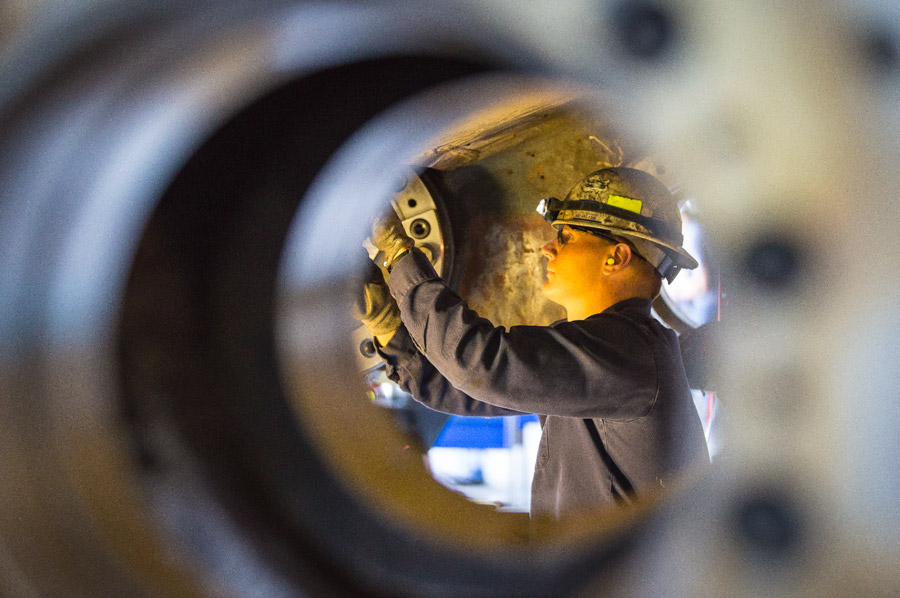L&H Industrial is currently working on a large manufacturing and equipment repair project from QinetiQ North America (QNA) on behalf of the National Aeronautics Space Administration (NASA). This project includes the machining and onsite assembly of components for Crawler Transporter #2, which will be a part of future space missions launched from Kennedy Space Center (KSC) Florida.




“L&H Industrial is known for innovation, safety and manufacturing enhanced products for the mining industry so working with large equipment with complicated problems is just part of what we do,” explains L&H Project Manager for the NASA Crawler Transporter project, Bill Schroyer. “This project involved components familiar to us in the mining industry and our team pulled out all the stops in putting the proposal together. I am proud of the work that was done to make it happen.”
NASA’s twin crawler transporters were built in the 1960s. These slow-motion giants have since carried every Saturn V rocket for the Apollo moon missions and every space shuttle vehicle from the Vehicle Assembly Building (VAB) at KSC to Launch Complexes 39 “A” and “B” 3.4 and 4.2 miles away. The crawlers are the largest land transport vehicles on earth.
The crawler-transporter was designed and built by Marion Power Shovel.
L&H began working on the proposal last March 2012. A “mock-up” was fabricated to test the required machining times for line boring the crawler transporter lower roller bores and faces, to the tolerances specified by NASA Ames Research Center. There are 88 sets of bores on each crawler transporter. Therefore, getting accurate machining times was critical. A demonstration shaft also was machined to show the ability to maintain a surface finish finer than that requested on the prints.
A team of four machinists developed machining procedures and estimated times to manufacture more than 1300 major parts. Forging quotes were received along with process control plans, and heat-treating plans. All of this information was used to estimate the total project time. The complete project was estimated to take 18 months with eight months of the time on-site at KSC.
In the news (click on each link below to read the story):